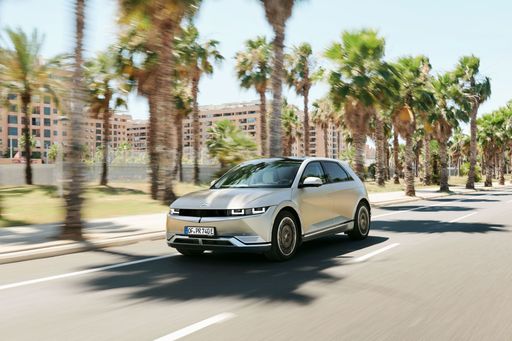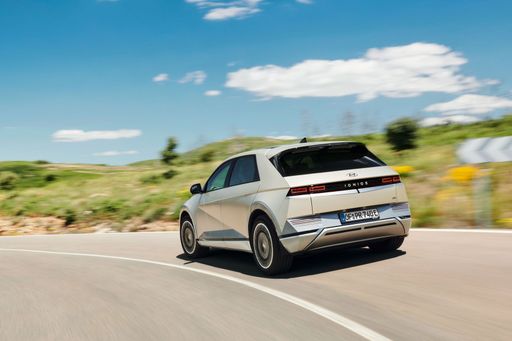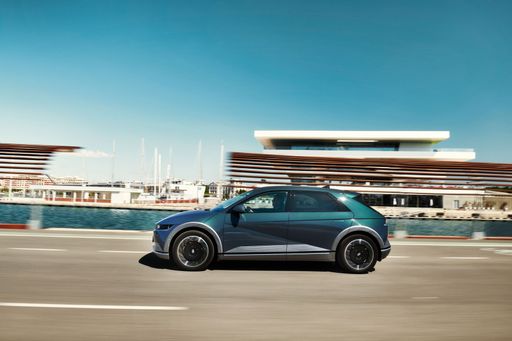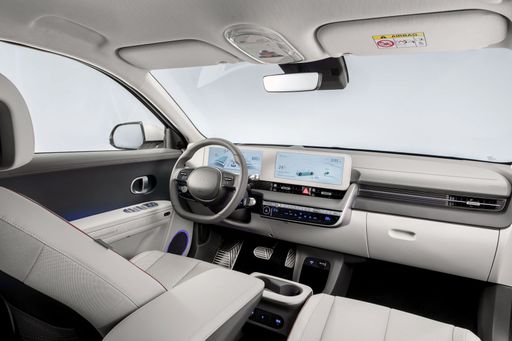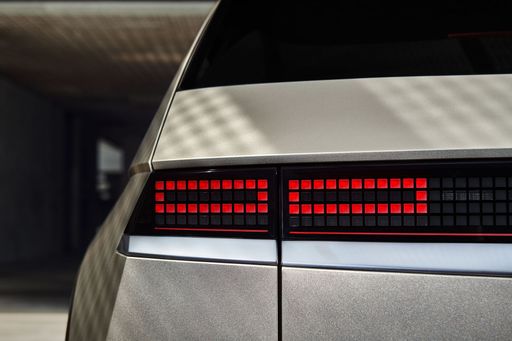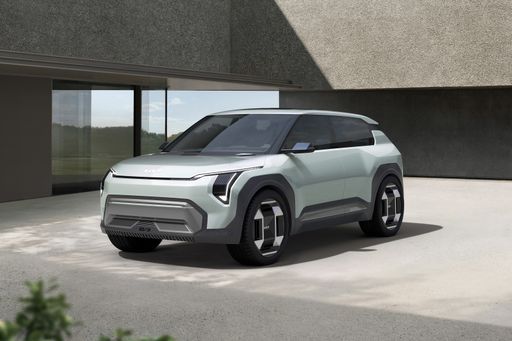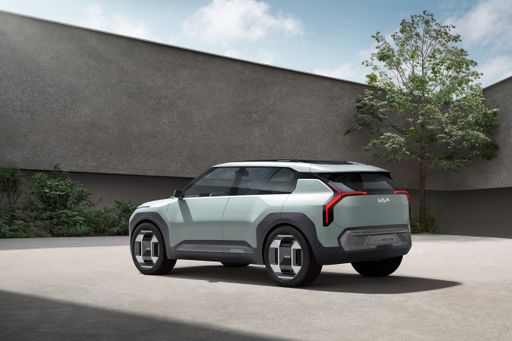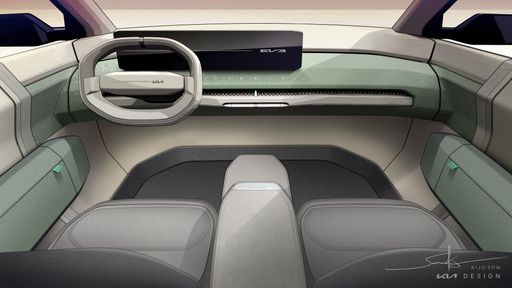Hyundai IONIQ 5 vs Kia EV3: A Comprehensive Comparison
The electric vehicle market is steadily expanding, and two prominent contenders that have caught the attention of enthusiasts are the Hyundai IONIQ 5 and the Kia EV3. Both vehicles showcase cutting-edge technology, appealing aesthetics, and environmentally-friendly performance. But how do they stack up against each other? Let's dive deeper into their technical aspects and innovations to see which one might be the right fit for you.

